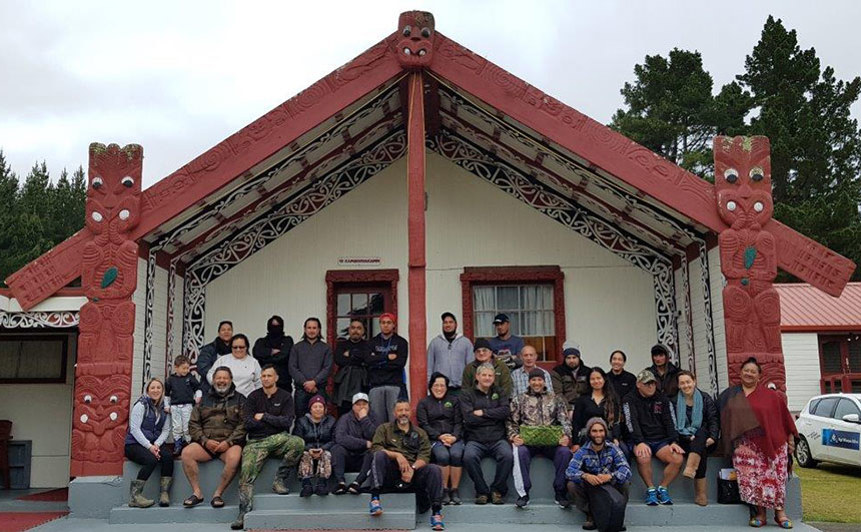Protecting your whenua for the future
Putting a kawenata on your whenua with Ngā Whenua Rāhui
Ngā Whenua Rāhui work in partnership with whānau to protect and preserve the indigenous biodiversity of Māori land across New Zealand.
Māori land, and the ecosystems it supports, is a taonga passed down from generation to generation. Ngā Whenua Rāhui works alongside whānau to identify, preserve and protect these indigenous ecosystems. One way they do this by helping landowners place a covenant, or kawenata, on all or part of their whenua.
A kawenata gives landowners a way of protecting the whenua in its natural state. It’s a legal agreement that defines what a particular piece of land can and can’t be used for, and it’s registered on the land title. Ngā Whenua Rāhui kawenata are specifically designed to:
- ensure Māori land stays in Māori hands
- promote the protection and conservation of Māori land and the indigenous ecosystems it supports
- reaffirm the bond between tangata whenua and the land
- give landowners rangatiratanga over what happens on the land.
While the intention is for kawenata to remain on the whenua permanently, they each have a 25 year review clause. This gives owners the opportunity to:
- renegotiate the terms of the kawenata, or
- opt out of it altogether.

How Ngā Whenua Rāhui supports Māori landowners
Ngā Whenua Rāhui aim to empower and enable tangata whenua to do mahi on the whenua themselves. Their goal is to have "local people doing local work".
They help get whānau on the whenua, and in a position to:
- realise and perform their role as kaitiaki
- manage their own contracts and work opportunities
- pass their skills and knowledge on to other whānau over time.
Ngā Whenua Rāhui funding helps whānau get practical mahi on the whenua done. Their kaimahi can support you to do things like:
- fencing
- native tree planting
- pest control — protecting the whenua against pests like possums, rats, rabbits and deer
- species management — by providing protection for native birds like kiwi and kōkako.
They can also help with things like:
- education and training
- relationship management
- contractor management
- local kura visits and talks
- monitoring operational outcomes
- new applications for funding.
Funding
Ngā Whenua Rāhui run 2 contestable funds to help landowners protect and preserve indigenous ecosystems on the whenua.
- The Ngā Whenua Rāhui Fund provides protection for landowners through kawenata on Māori land. It can also help fund conservation mahi.
- the Mātauranga Kura Taiao Fund aims to preserve the knowledge and tikanga associated with Māori land.
The Ngā Whenua Rāhui Fund
Whānau can apply to the fund to get a kawenata placed on the whenua. Ngā Whenua Rāhui will arrange and cover the cost of a survey for the land you want to protect. Or, if whānau have a particular aspiration for the whenua — like setting up a kiwi protection programme or returning the whenua to wetlands, for example — you can apply for funding to help get this mahi off the ground. You can do this as part of your kawenata application, or at any time after your whenua is protected.
The fund is there to help support any mahi that protects the indigenous biodiversity of Māori land.
The Ngā Whenua Rāhui Fund is oversubscribed at the moment, and can't accept new applications for funding. However, whānau can still apply for a kawenata at any time.
Find out more about the Ngā Whenua Rāhui Fund
The Mātauranga Kura Taiao Fund
While the Ngā Whenua Rāhui Fund protects the whenua, the Mātauranga Kura Taiao Fund protects:
- the knowledge associated with the land and the taiao, and
- the traditional ways of passing this knowledge on.
It funds projects that promote the use of mātauranga Māori in indigenous biodiversity management.
This fund is open for applications now.
Find out more about the Mātauranga Kura Taiao Fund